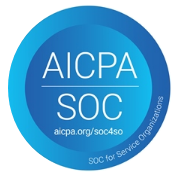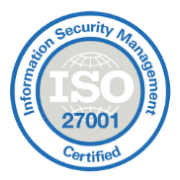Investing in the best eLearning authoring tools is a strategic decision for businesses and educational institutions. However, determining their actual return on investment (ROI) is crucial to ensuring they add value. Whether you’re a corporate training manager, an instructional designer, or an eLearning entrepreneur, understanding how to evaluate ROI can help justify expenditures and refine content development strategies.
This guide breaks down the key metrics, evaluation methods, and cost-benefit analysis for determining the ROI of your eLearning authoring tools effectively.
What Is ROI in eLearning Authoring Tools?
Return on Investment (ROI) in eLearning authoring tools refers to the measurable benefits gained compared to the investment made. It involves analyzing cost savings, productivity improvements, learning effectiveness, and long-term value to ensure the tool enhances training efficiency and engagement.
How Do You Calculate ROI for eLearning Authoring Tools?
1. Identify Your Investment Costs
To determine ROI, start by assessing the total cost of ownership (TCO), which includes:
- Licensing fees (one-time or subscription-based)
- Implementation and integration costs
- Training expenses for content creators
- Maintenance, support, and upgrade costs
2. Measure Performance Metrics
Evaluate how the eLearning authoring tool impacts content development and learner engagement:
- Development Time Reduction: Compare time spent creating courses before and after implementing the tool.
- Cost Savings: Assess reductions in outsourcing costs for instructional design and development.
- Scalability & Reusability: Determine if courses can be repurposed, reducing the need for additional content creation.
3. Analyze Learner Outcomes
- Engagement Levels: Track completion rates, quiz scores, and user feedback.
- Knowledge Retention: Use assessments to measure improvement in learner performance.
- Productivity Gains: Evaluate whether employees or students apply the knowledge effectively.
4. Compare Pre- and Post-Implementation Performance
A simple ROI formula can be used:
ROI (%) = [(Net Benefits – Cost of Investment) / Cost of Investment] × 100
Example: If an eLearning authoring tool saves $50,000 annually in outsourcing costs and costs $20,000 to implement, the ROI would be:
ROI = [(50,000 – 20,000) / 20,000] × 100 = 150%
Ready to Boost Your eLearning ROI?
Choosing the right eLearning authoring tool can transform your training programs and increase productivity. If you need expert guidance on selecting the best tool for your needs, contact us today for a free consultation!

























